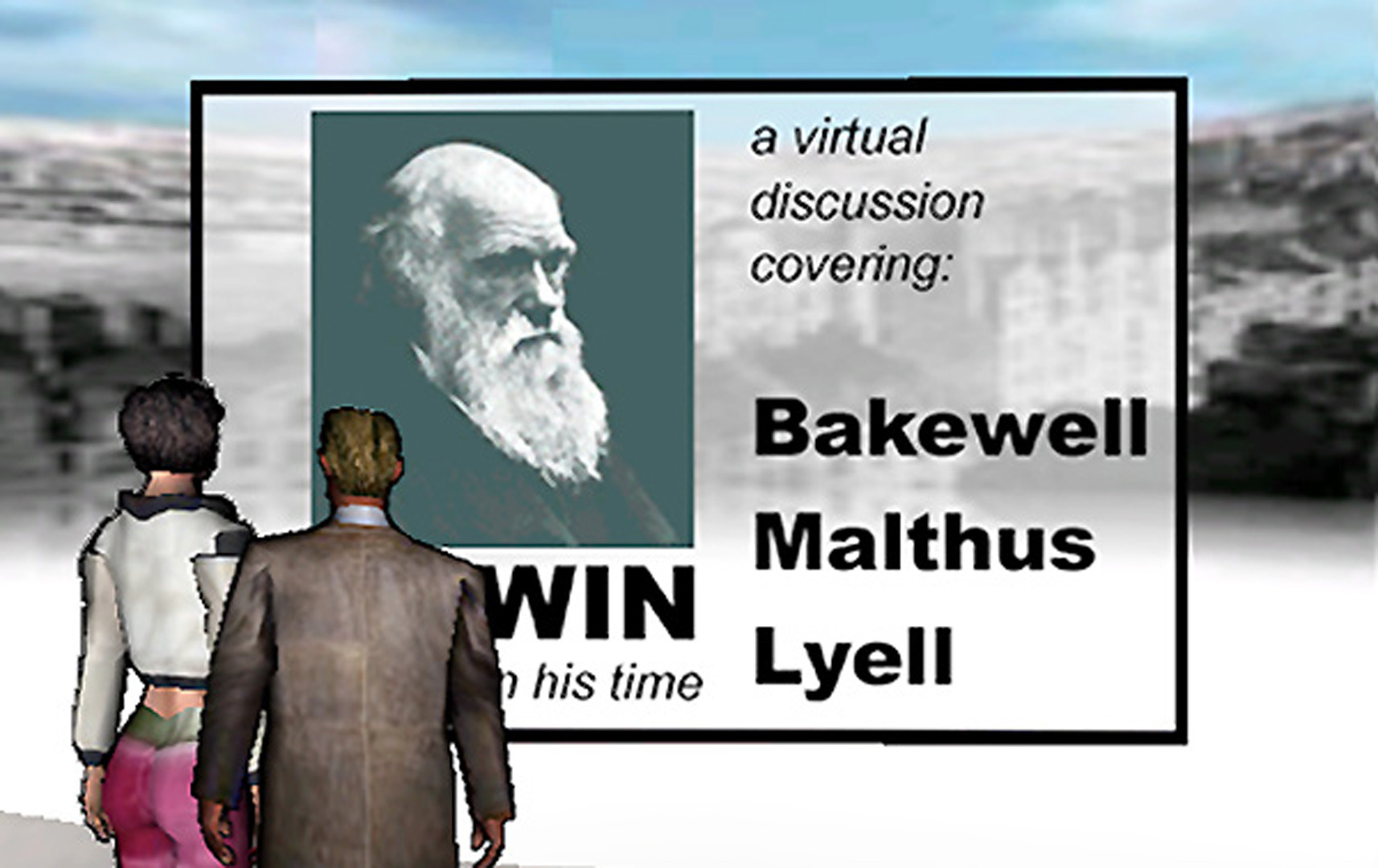“Teaching Beyond the Human Form: Avatar as Multimedia Expression” by Guynup, Broglio and Demmers
Conference:
Type(s):
Title:
- Teaching Beyond the Human Form: Avatar as Multimedia Expression
Presenter(s)/Author(s):
Abstract:
Online virtual environments hold the promise of creating an immersive, shared educational experience. Realizing this promise has largely been a failure. Fundamentally, the issue has been one of reality. The reality that online three-dimensional environments neither function like nor are governed by the physical laws of the real world. Generated by lines of code and engaged via mouse and screen, the virtual space remains a Graphic User Interface (GUI). Conventions of two-dimensional interactivity and interface design are applicable. This includes the construct of the avatar, the visual representation of the user/teacher within the virtual world. The avatar is a multimedia expression whose humanoid form can be transcended. The avatar is a platform, a node for delivering information into a scene. Transforming like a multimedia slideshow presentation, the teacher’s avatar can deliver images, objects and even environments directly to a group of students. The concept of a slide show is important, it is a standard practice among educators worldwide. Whether they use PowerPoint or overhead projection, teachers successfully bring a variety of information into their classrooms via this mode of presentation. Online, the multimedia slideshow is the primary means of delivering information in current synchronous, 2D, distance learning environments. Expanding the multimedia slideshow construct into 3D addresses failings both 2D and prior 3D approaches. • Approach doles out useable amounts of 3D interactivity.
• Small landscapes and models provide focus on learning – not navigation & interaction
• Unwieldy mouse-driven, screen-based interaction/navigation is removed.
• Replacing the human form with content utilizes the fullest amount of screen real estate.
• Provides an intuitive mechanism to guide the social dynamic.
• Performer/Teacher exercises control over the scene through graphically dominant action.
• Performer/Teacher is intuitively responsible for new content appearing on screen.
• Students retain sense of immersion and of a virtual community





